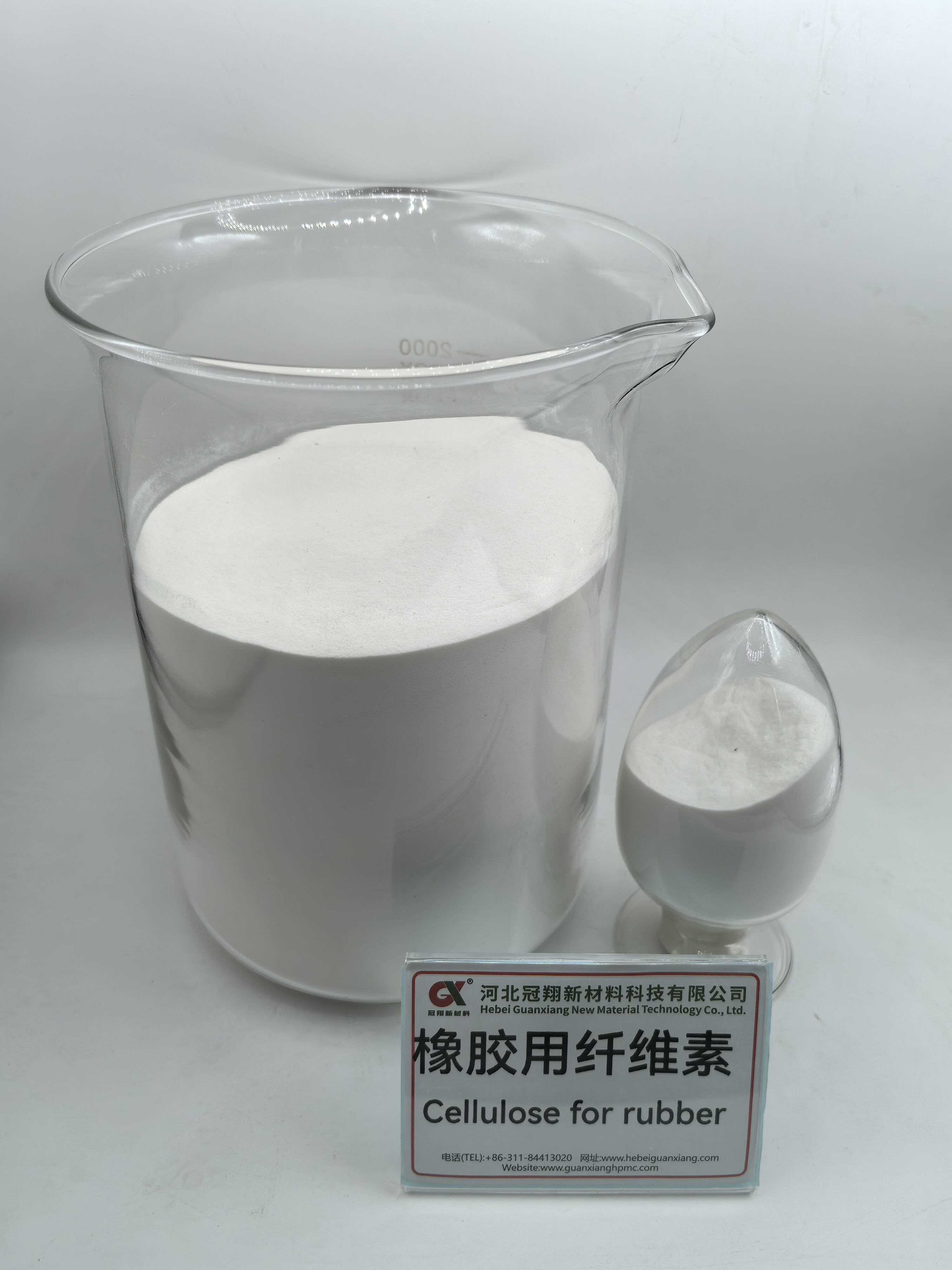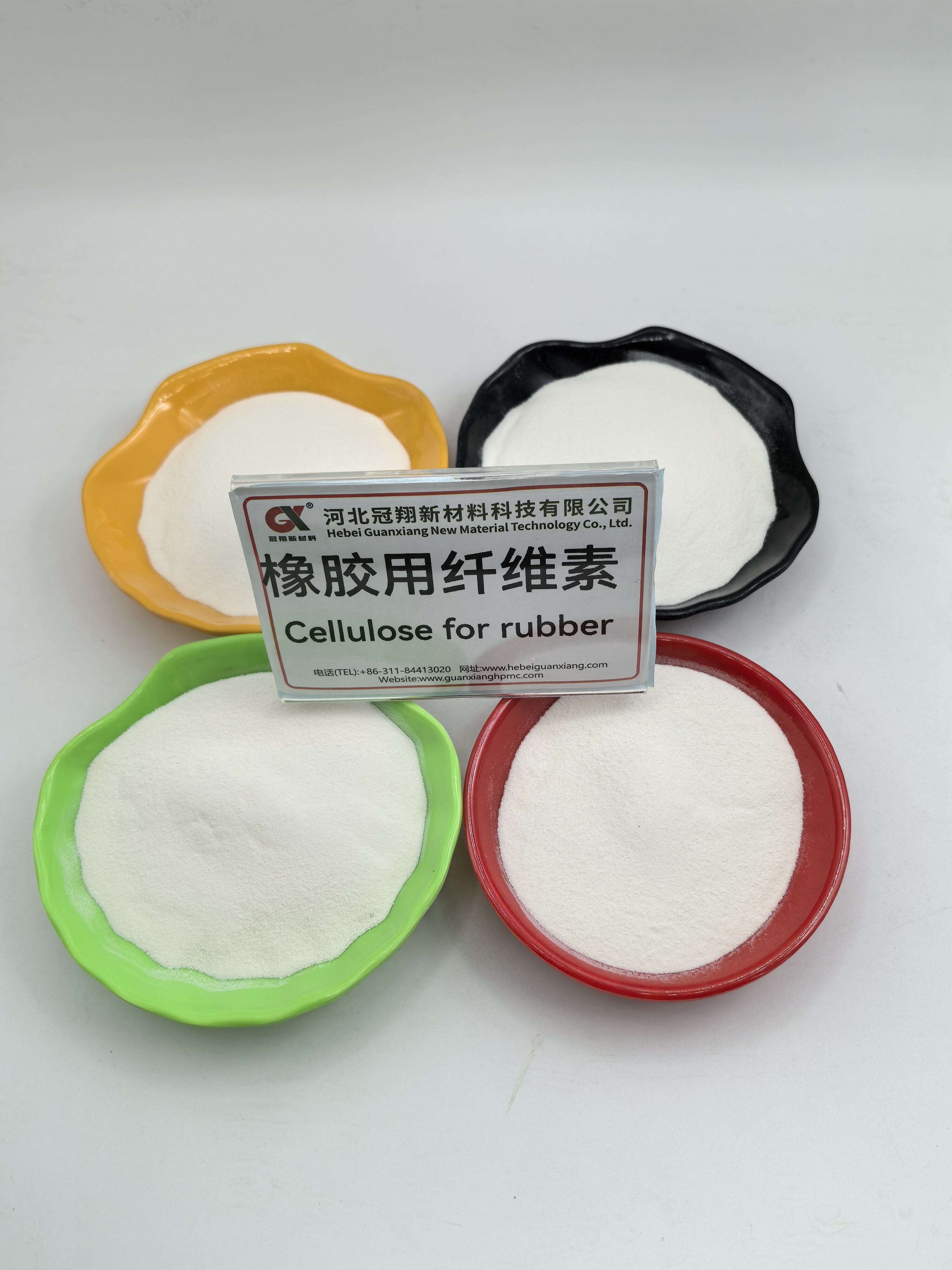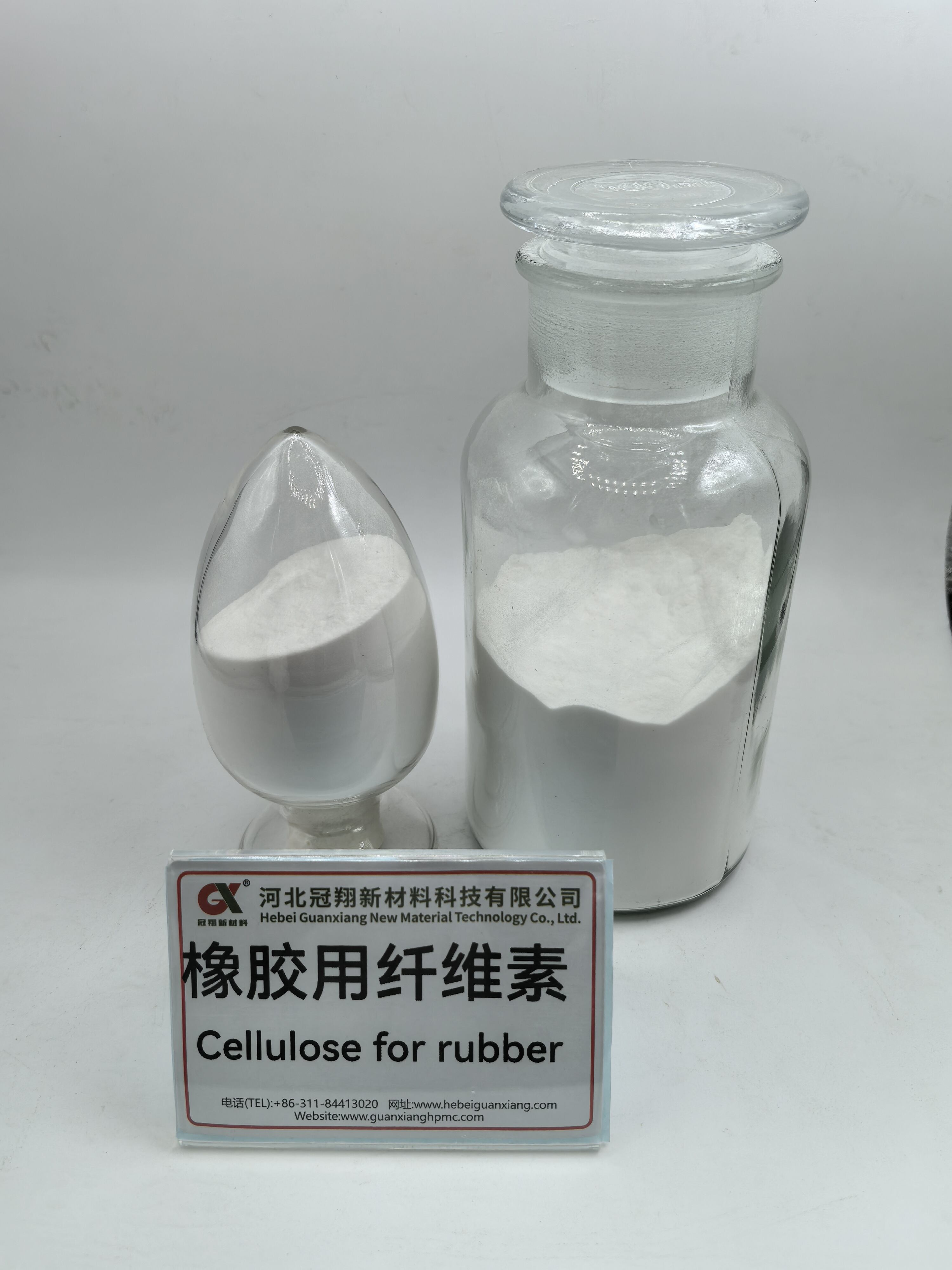hpmc hpmc for rubber
HPMC (Hydroxypropyl Methylcellulose) serves as a crucial additive in rubber manufacturing, offering exceptional performance characteristics and versatility. This cellulose derivative functions as a processing aid, providing improved mixing efficiency and enhanced material distribution throughout rubber compounds. In rubber applications, HPMC acts as a protective colloid and thickening agent, ensuring uniform dispersion of ingredients and maintaining optimal viscosity during processing. The material's unique chemical structure allows it to create stable emulsions and suspensions, critical for maintaining rubber compound consistency. HPMC's water-soluble nature enables easy incorporation into rubber formulations while contributing to improved product quality and manufacturing efficiency. Its thermal gelation properties help maintain compound stability during high-temperature processing, preventing separation and ensuring uniform curing. The additive also enhances the surface properties of finished rubber products, contributing to better appearance and wear resistance. In manufacturing processes, HPMC helps reduce energy consumption by improving flow characteristics and reducing friction during mixing and molding operations.


